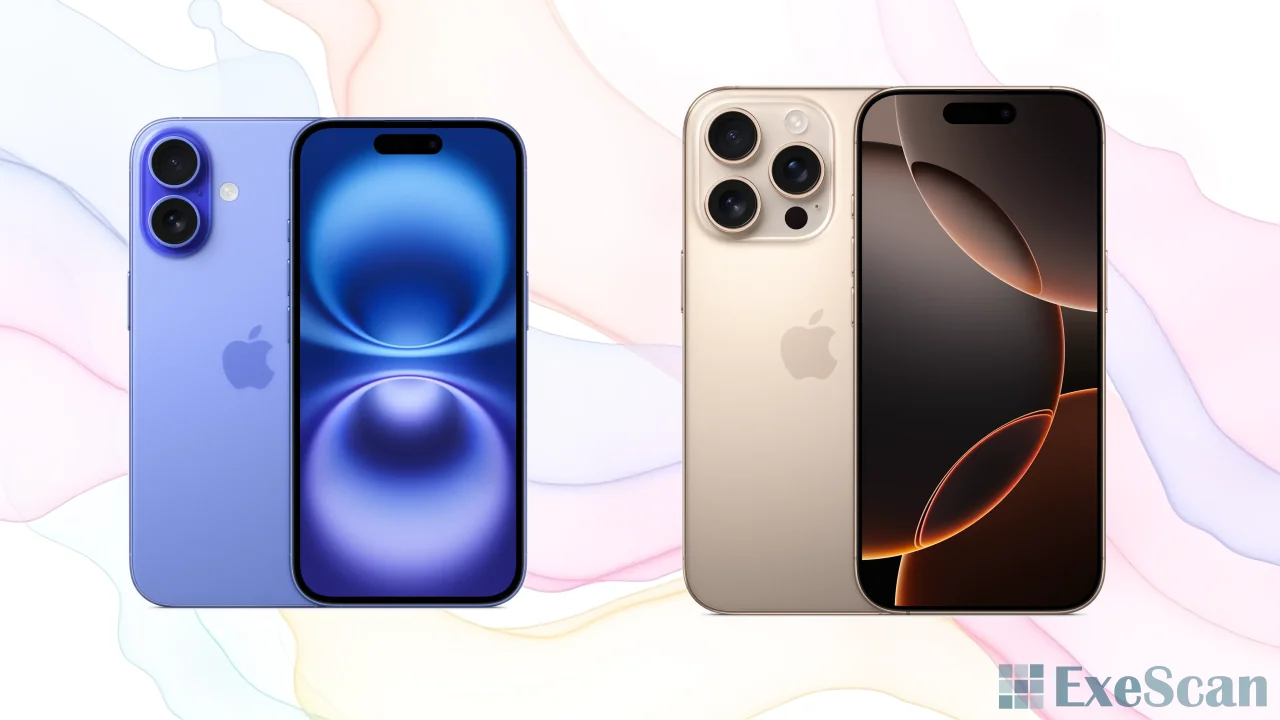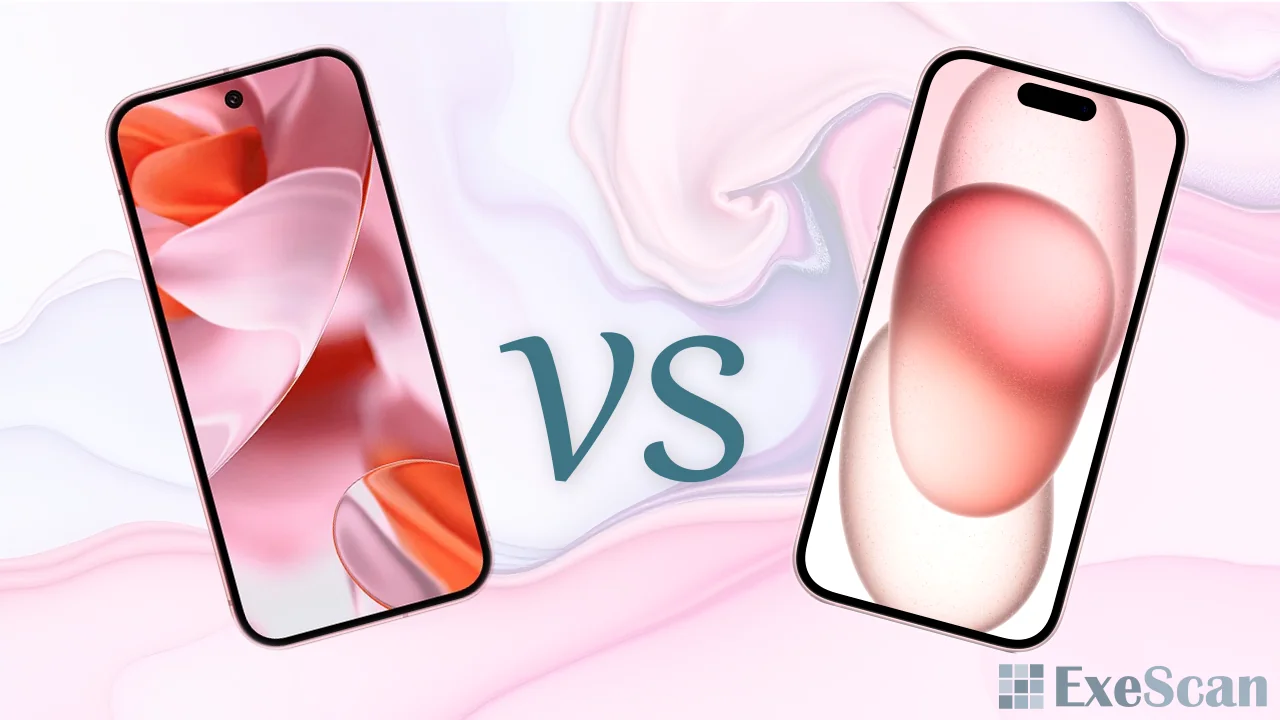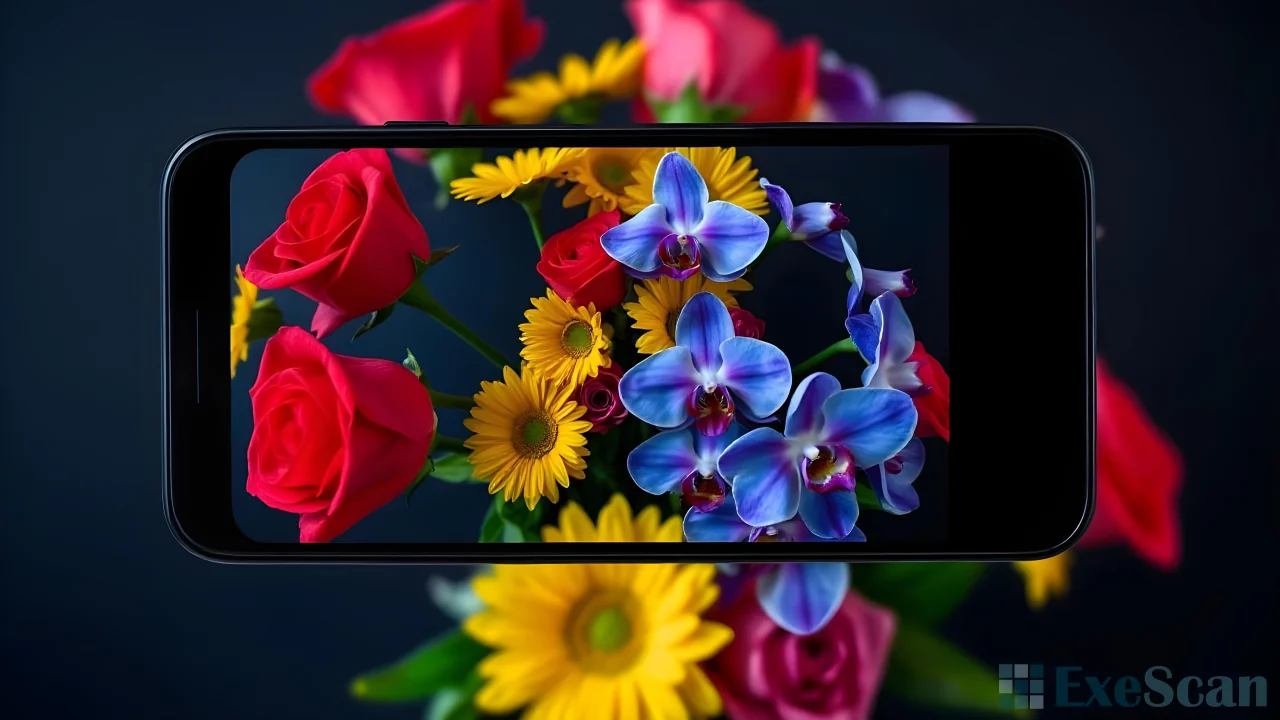The evolution of smartphone display technology has been nothing short of remarkable in recent years. Among the most significant advancements are OLED and AMOLED displays, which have become standard features in many high-end smartphones. These technologies have transformed the way users experience visual content, offering deeper blacks, more vibrant colors, and innovative designs. This article explores what makes these displays special and what the future holds for smartphone display technology.
What is OLED?
OLED stands for Organic Light Emitting Diode. This technology has revolutionized visual experiences on smartphones by eliminating the need for a backlight. Unlike traditional LCD displays, OLED screens feature pixels that emit their own light, allowing for deeper blacks and more vibrant colors.

A standout feature of OLED displays is their ability to achieve true black. Each pixel can be turned off completely, resulting in no light leakage and an incredibly sharp contrast ratio. This makes OLED screens particularly effective for watching movies or playing games, creating an immersive experience. Additionally, OLED displays are known for their energy efficiency, as they only light up the necessary pixels. This can contribute to better battery life on smartphones, especially when displaying darker images.
Understanding AMOLED Displays
AMOLED, or Active Matrix Organic Light Emitting Diode, is a type of OLED display that includes a layer of thin-film transistors (TFTs) added to the OLED matrix. This layer enables faster pixel response times and better control over the display’s brightness and color accuracy. The term “active matrix” refers to how these TFTs are used to control the light emitted by each pixel more precisely.
AMOLED displays are renowned for their vibrant color reproduction and deep contrast levels. These characteristics make them a popular choice in flagship smartphones, where delivering a premium display experience is essential. Another advantage of AMOLED technology is its flexibility. Manufacturers can create curved or even foldable displays, which has led to innovative smartphone designs in recent years.
Advantages of OLED and AMOLED Displays
When comparing OLED and AMOLED displays to traditional LCD screens, several key advantages emerge. First, both OLED and AMOLED displays offer superior color accuracy and a wider color gamut. This means that the colors on the screen are more true-to-life and can cover a broader spectrum, enhancing the overall visual experience.
Another significant advantage is the thinness of these displays. Since they do not require a backlight, OLED and AMOLED screens can be much thinner than their LCD counterparts. This allows manufacturers to create sleeker, more lightweight smartphones without sacrificing display quality.
Additionally, the flexibility of AMOLED displays opens up new possibilities for smartphone design. Foldable phones, such as the Samsung Galaxy Z Fold series, are a direct result of advancements in AMOLED technology. These devices can switch between a compact phone and a larger tablet-like screen, offering users more versatility in how they use their smartphones.

The Future of Smartphone Displays: What’s Next?
While OLED and AMOLED displays have set a high standard, the world of display technology is continuously evolving. One of the most anticipated advancements is MicroLED technology. MicroLED displays are similar to OLED in that each pixel emits its own light, but they use inorganic materials instead of organic compounds. This results in even greater brightness, energy efficiency, and longevity.
MicroLED displays promise to deliver the same deep blacks and vibrant colors as OLED, but with higher brightness levels and improved durability. However, this technology is still in its early stages and has yet to become mainstream in smartphones. Many experts believe that MicroLED could become the next big thing in smartphone displays, potentially replacing OLED and AMOLED in the future.
Another emerging technology is QLED, or Quantum Dot LED. QLED displays use quantum dots to enhance the color and brightness of the display. While QLED is more commonly associated with televisions, there is potential for this technology to be adapted for use in smartphones. The main advantage of QLED is its ability to produce extremely bright images without compromising color accuracy, which could be particularly beneficial for outdoor visibility on smartphones.
Conclusion
The evolution of smartphone display technology continues to push the boundaries of what is possible, with OLED and AMOLED displays leading the way in delivering stunning visuals and energy efficiency. These technologies have transformed smartphone experiences, offering deeper blacks, vibrant colors, and innovative designs like foldable screens. As the industry looks to the future, emerging technologies such as MicroLED and QLED promise even greater advancements in display quality.
Smartphone displays are more than just screens – they are gateways to immersive visual experiences. With continuous innovation in this field, the future of smartphone displays is set to be brighter and more exciting than ever.


